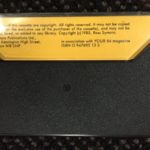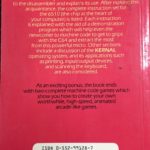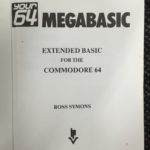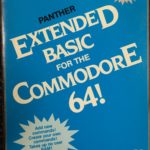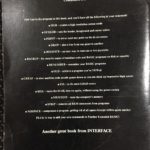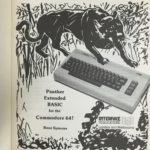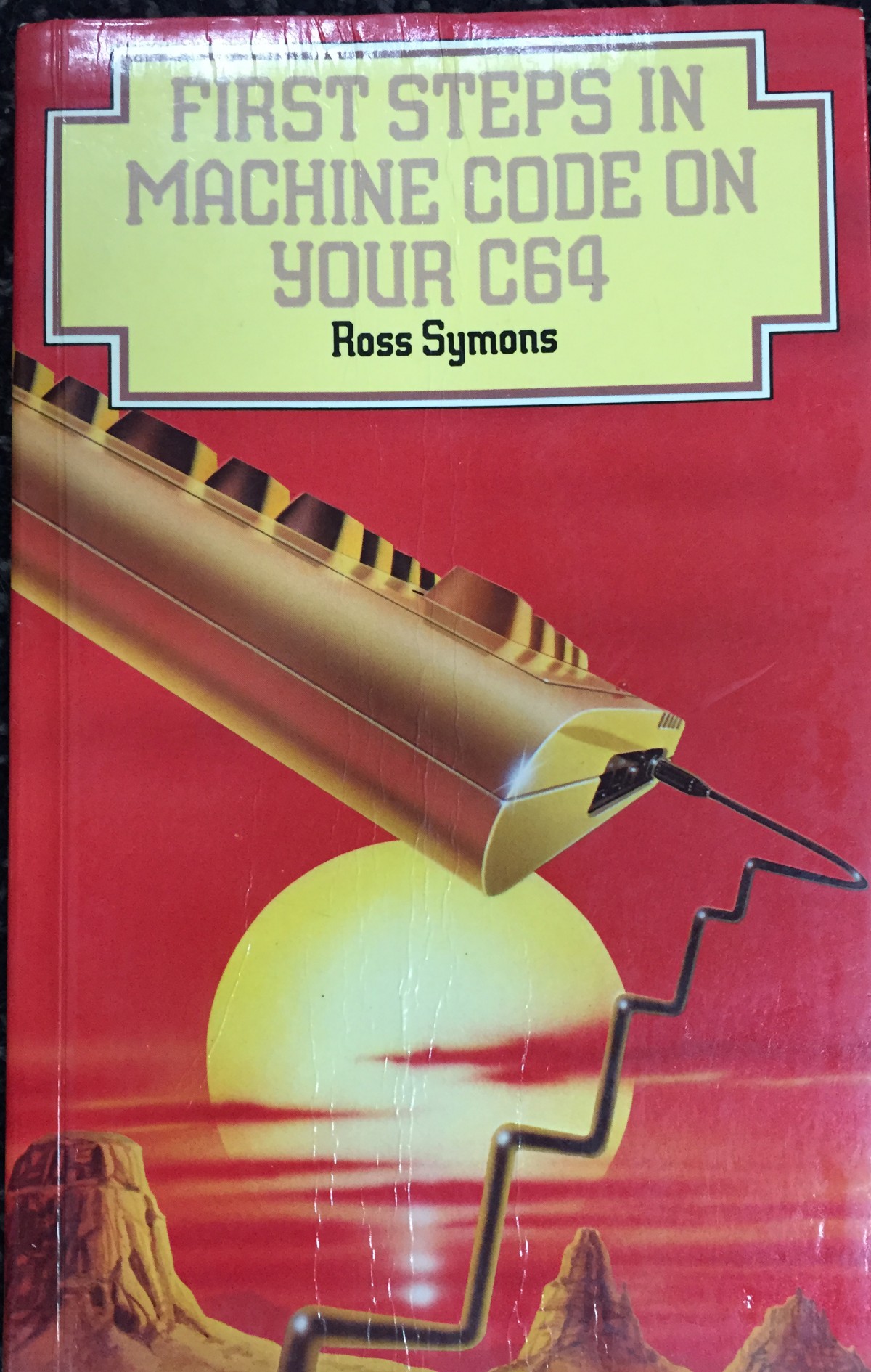
CEO of Big Ant Studios Melbourne, Ross Symons began his games design career in the late 1970s. When he first started to design games he did not actually have access to a computer so he filled notebooks with code that was ‘theoretically programs’ that he would ‘run’ in his head.
Passionately interested in electronic gaming as a schoolboy, Symons was hustling money at age eleven playing “Pong” at the local Frankston pub where house rules dictated if you won a game you not only stayed on the machine but your next opponent paid you 20 cents and paid for the game. Symons also did a paper round, a job he recalls taking not so much for the money but the opportunity to arrive early and read the newsagent’s expensive computing magazines. It was not till a year or so after he had started filling notebooks with code that a Radio Shack store opened at the local shopping centre providing him with his first opportunity to use an actual computer. He quickly began a regular feature at the store on Saturday mornings. He explains:
“So I’d go in there, use their computers, they’d ask me to do small things and I’d just do them, and that’s how I learned to code, was actually going to Radio Shack and using their computers because I didn’t have one. Little did I know they were using me to sell it, … where they’d say, “Hey, that kid can use it; anyone can.” … so that’s where it started.”
At Radio Shack Symons had no capacity to save his games, the display computer had no back-up, no tape drive and there was no printer. This meant that each Saturday he would re-type in his games. Over the week he would be thinking how he could improve on them. The need to redo them from scratch every week allowed him to hone his craft and iterate making his games better.
Eventually Symons got a computer of his own a Vic 20 and began writing his own games for it. As more computing shops opened locally he recognised that the people buying expensive computers must also be the people buying expensive computing magazines. He came up with a strategy to sell copies of his games as listings through newsagencies. The games were mostly arcade clones and he would type out their listings and sneak into the principal’s office at his school to make copies on the school’s methylated spirits Roneo copying machine. He would sign the bottom of these purple printed listing to stop newsagents running off their own copies and selling them
One of Symons signed listings found its way into the hands of local publisher Tim Hartnell. The listing also included a phone number and Hartnell phoned Symons at his parents’ house and asked the boy programmer to write for him. The first game Symons remembers publishing with Hartnell was a “Pong” game written in assembly code. By this time the 14 year was programming his Vic20 in 6502 and also had a TRS-80 that he used Z80 code for. In the 1980s the teenage Symon published a series of books with Hartnell’s support. These included “Panther Extended Basic for the Commodore 64” (Interface Publications, 1984) “First Steps in Machine Code on your C64” (Corgi & Addison Wesley, 1984) and “Megabasic for the Commodore 64” (Interface Publications, 1985).
Images
Media
Video


